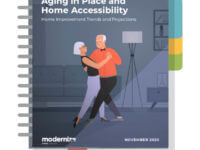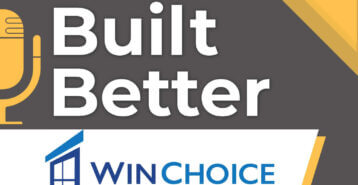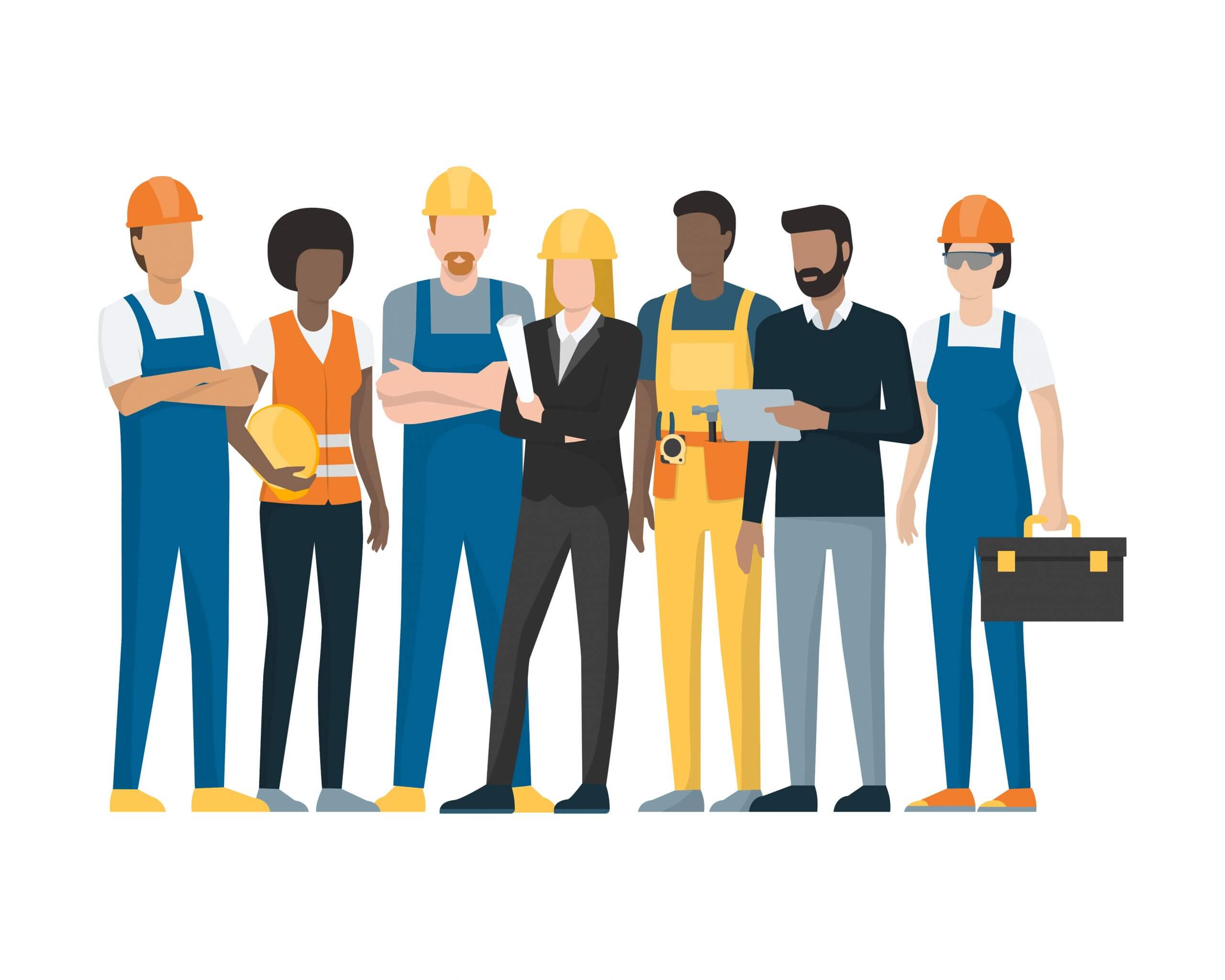COVID-19 news and updates change quickly and frequently. Some of the information in this article may soon be out of date. We will do our best to keep details updated during this challenging time. The article below reflects information as of June 8, 2020.
Over the past few weeks, companies have rushed to make critical, rapid changes to their business practices to adapt to the evolving coronavirus pandemic. Many contractors have swiftly transitioned to virtual appointments, scripting a two-call close, and allowing employees to work remotely. In fact, according to a recent study by Gallup, 57 percent of U.S. employees are working from home, and that number is rising.
Working from home can be challenging, but also provides new opportunities to grow. Time previously spent commuting and in constant meetings, can now be used for review. This time can be used to update your training materials, plan for future hires, and strategize for the next transition when this pandemic is behind us.
Use this time to invest in strengthening the skills of your current workforce.
In the midst of financial uncertainty, some businesses may be tempted to pull funds from employee development. However, Gallup finds “organizations that have made a strategic investment in employee development report 11 percent greater profitability and are twice as likely to retain their employees.”
Even with a more restrictive budget, there can be new opportunities to focus on developing your employees’ behavioral and technical skills. For example, TalentLMS is an affordable learning management software that allows you to mix eLearning with instructor-led training. The platform offers eLearning for a wide range of industries including sales, with courses such as listening skills, managing your pipeline, and selling the proposed solution.
Using a platform like TalentLMS that is easily accessible and allows for face-to-face connection will allow your business to continue employee education and ensure that your organization can recover more quickly and readjust effectively post-pandemic.
Document best practices that are working during COVID-19.
You may not know how the world will operate after the pandemic, but finding what best practices aid in your company’s resilience during the crisis can strengthen your processes for the future. Investing in remote platforms such as Slack or Microsoft Teams allows your employees to have open lines of communication with the rest of your workforce. While utilizing these platforms talk about work, it is also important to have a decision log created to share work.
During this time, it’s important to be adaptive to changing processes and recognize that modifications may need to be made. Atlassian provides “decision templates” that can serve as a searchable archive for any business-related changes, including best practices, and ensure that any new documentation is not lost.
Providing your employees with these tools, as well as new safety processes, can relieve anxiety and help your employees continue to meet the requirements of their jobs successfully.
Ensure that your new-hire training materials are up to date.
Training new employees in the current environment will be very different than training new employees pre-pandemic. When creating or updating your new-hire training, consider the key skills, behaviors, or tasks you want your new employee to learn, and how those trainings can fit into modules.
Nikki O’Keeffe, the dedicated training specialist for the Association of Talent Development, stresses the importance of making sure training content is valid and relatable.“What good does it do to exhaust yourself on a topic or angle that no one cares about or puts into practice?,” O’Keeffe writes. “For example, has the organizational culture changed so that the content, as currently presented, is irrelevant?”
Elucidat, a scalable online learning program, curated a list of eLearning authoring tools that can assist you in creating a training platform for new hires that focuses on updated content. Updating your training in a centralized hub enables you to streamline the overall training process for new-hires, and ensure that employees are receiving the same information.
Develop a realistic timeline for when applicants can expect for you to begin hiring.
It is expected that your company does not have a specific timeline for when things will realign to “business as usual.” However, as new applicants emerge, creating a realistic hiring timeline will leave little room for confusion regarding next steps. Be sure to create an open line of communication with applicants, and set expectations for the continuing hiring process.
According to Business News Daily, prior to fielding and interviewing applicants, it’s vital to be sure that your company can support a new employee with no reservations or modifications. Claire Kim, CEO of Clairly Creative, writes, “Whether it is a permanent position or temporary, ensure that the new hire and the company are on the same page. Things are different now and will be different after the crisis. Company leaders must have clear plans.”
At Modernize, we’re here to help you navigate this uncertain time. Learn more by exploring all of our COVID-19 resources, or reach out to us directly.














